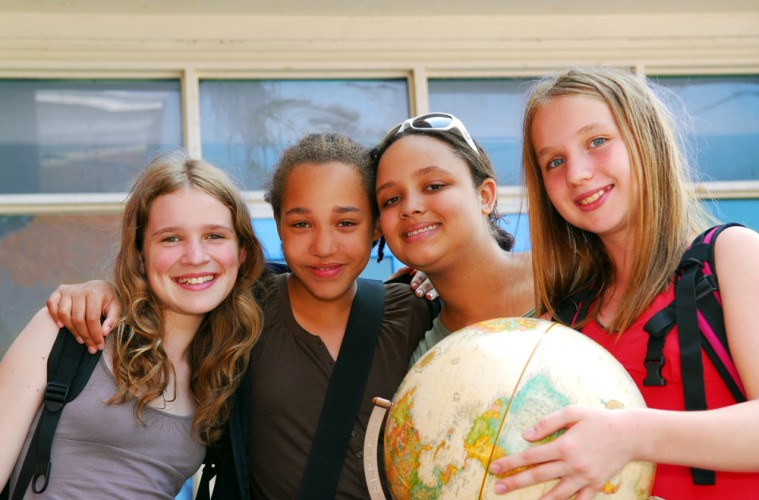There are approximately 775 million illiterate adults worldwide. Two out of three of them are women. This in itself is not where the issue ends, for illiteracy leads to lost potential and lost potential perpetuates the cycle of poverty. How much of an impact, then, can women’s education have? Let’s have a look: invest
1. Women’s education can lead to lower child mortality rates.
According to reports, women’s education prevented 4.2 million deaths in children under the age of five in 2009 alone. In general, a child whose mother can read is 50 percent more likely to live beyond the age of five.
2. Educated women are more likely to invest in their children.
On average, working women invest 90 percent of their income back into their families and the welfare of their children. This creates a multi-generational ripple effect. When children are invested in, they are more likely to become educated. When they enter the workforce, they are better equipped to generate greater earnings — thus, breaking the cycle of poverty.
3. Educated women can grow an entire economy.
Over the past 30 years, women’s participation in the paid workforce has risen in most of the developing world. It is important to give women the tools to maximize their productivity. Educated women can contribute to society in profound ways. This finding is telling: when 10 percent more girls receive secondary education, the country’s per capita economic growth increases by 3 percent.
Oftentimes the single greatest barrier between a girl and a promising future is an investment from someone who believes in her. If you can read this, you are fortunate to have been invested in.


